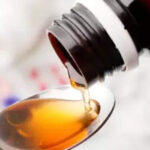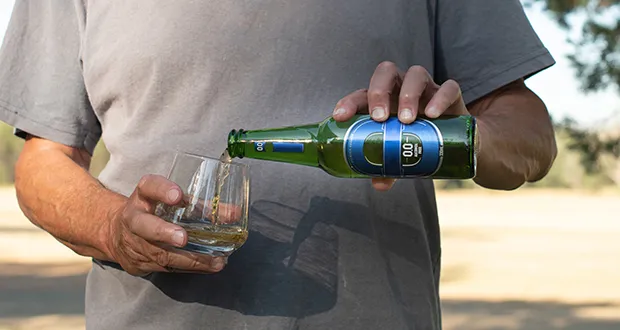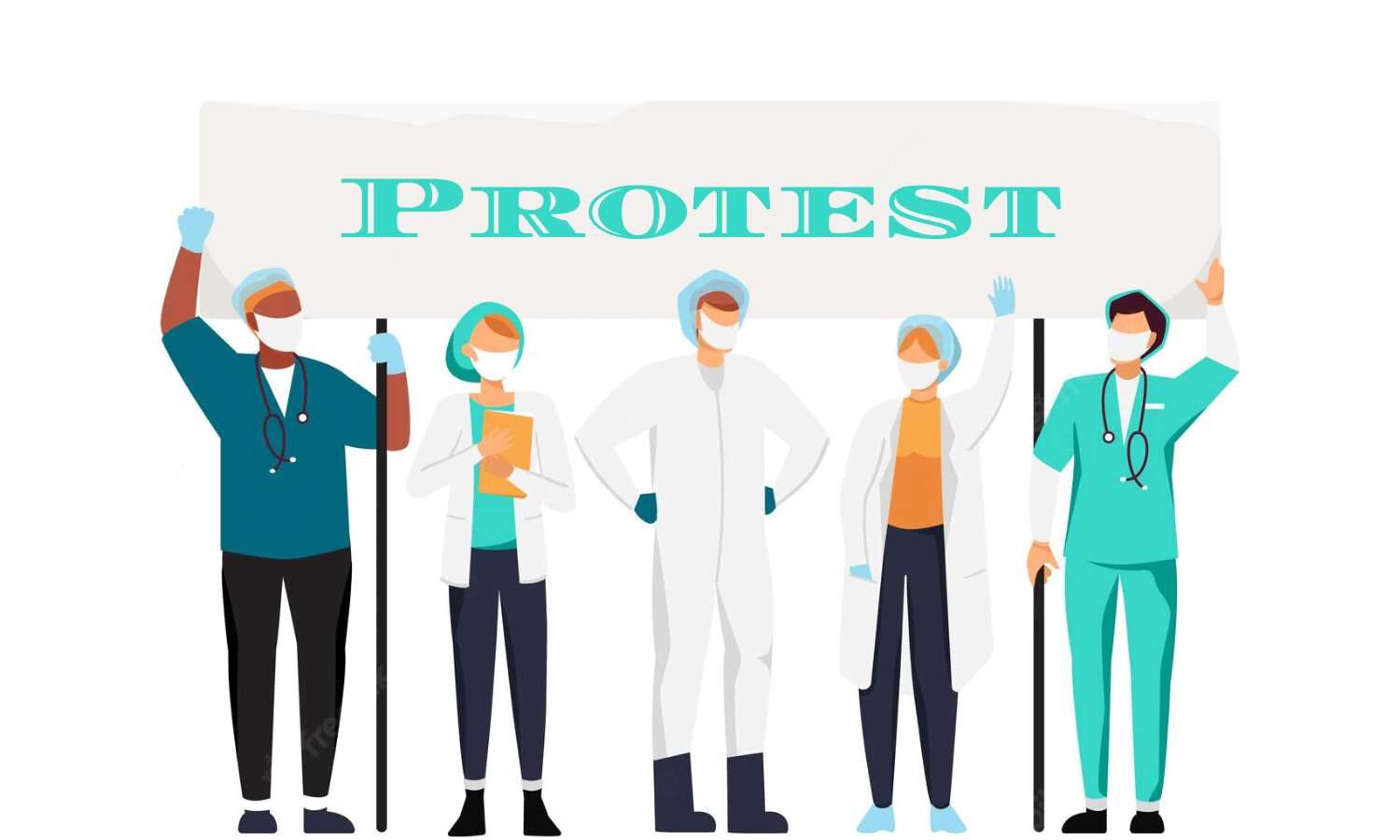Public Health (Alcohol) (Amendment) Bill 2025 brought before Dáil Éireann this week by Social Democrats TD Pádraig Rice
The introduction to the Dáil this week of a Bill designed to protect children from the harmful marketing practices of the alcohol industry is welcome but long overdue, Alcohol Action Ireland (AAI) has said.
The Public Health (Alcohol) (Amendment) Bill 2025 aims to amend the 2018 Act by restricting how the industry promotes ‘zero-alcohol’ versions of their products.
The proposed legislation would prohibit these drinks from being advertised with trade descriptions, logos, emblems or other images already used in alcohol drinks, to prevent the indirect promotion of that alcohol product.

AAI CEO Dr Sheila Gilheany
“Today’s introduction of the Public Health (Alcohol) (Amendment) (PHAA) Bill 2025 is a welcome and long overdue development, which looks to close the loophole of advertising zero-alcohol products using the same master branding as their full-strength versions in areas deemed off-limits under the PHAA – such as near schools or playgrounds, or on public transport or on the field of play of a sporting event, where children are most likely to see those ads,” said AAI CEO Dr Sheila Gilheany.
“The issue with zero-alcohol products is not the products themselves but with their branding, which is obviously nothing more than alcohol branding with a sometimes barely visible 0.0 tacked on.”
A recent report by consultancy firm Brand Finance found that the use of the same branding across drinks with and without alcohol is ‘an intentional move that allows brands to subtly promote both products simultaneously’.
“Similarly, alcohol-free products often maintain the same visual identity, where logos and packaging are nearly identical to that of beer brands’ traditional products – another tool strategically used to preserve brand awareness and recall,” the report added.
“By leveraging its 0.0% product, the brand can maintain a strong presence where traditional beer promotion is not permitted.”
In outdoor advertising, where most of the PHAA restrictions are in place, zero alcohol ads were found to make up 25 per cent of the spend of alcohol brand advertising in 2022, up 31 per cent from 2021, even though these products only make up around one per cent of the market.
“It’s naïve to think that ‘0% alcohol’ is anything other than a smoke screen – it’s 100 per cent alcohol marketing,” said Dr Gilheany.
“The PHAA was designed to provide modest controls on the amount of alcohol marketing which children see. However, its intent is being subverted by the tagging on of a 0.0. What is the point of our legislation if it is simply being overridden by industry actors?
“The alcohol industry will try to use any perceived loophole to get around regulation on their product. The PHAA was designed to protect children and we need to start looking at zero-alcohol advertising through their eyes – the 0.0 makes 0.0 difference to them.
She added: “As it stands, the current legislation is not working to protect children and young people from pervasive advertising and marketing of alcohol. This needs to change and today’s introduction of the Public Health (Alcohol) (Amendment) Bill 2025 is the first step on that process.”










